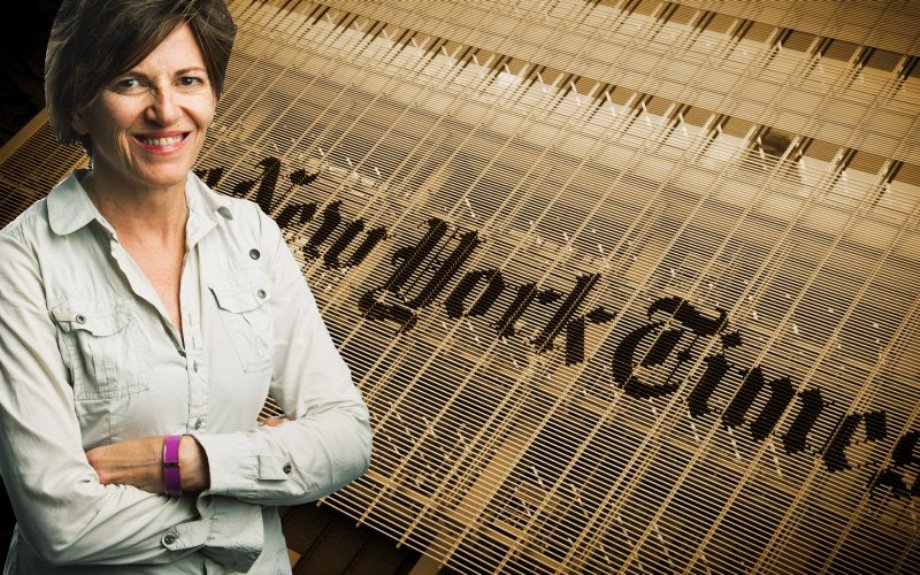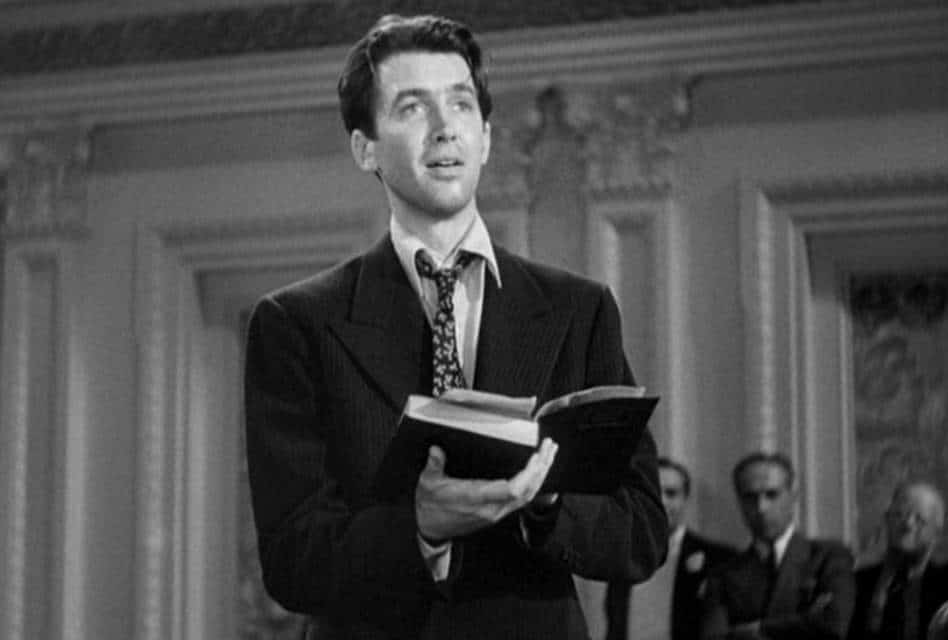“Journalists should accept moral responsibility for the foreseeable consequences of actions and inactions, including the example set for others and when in error, they should make full, fair, prominent and prompt corrections.” – Michael Josephson, Ethical Principles of Journalism

The New York Times, Wall Street Journal and other news organizations offer readers the opportunity to “correct the record” regarding errors – large and small – within a story. The Times lists “corrections” on the second page of the daily paper. The online version lists corrections at the end of a story. However, The Times goes a step further by offering page space for, what they call, The Public Editor, an individual who represents the reader.
“Liz Spayd,” The Times describes, “…evaluates journalistic integrity and examines both the quality of the journalism and the standards being applied across the newsroom. She writes a regular column expressing her views. The public editor works outside of the reporting and editing structure of the newsroom and receives and answers questions or comments from readers and the public, principally about news and other coverage in The Times. Her opinions and conclusions are her own.”
In a recent column (Dec. 19), Spayd takes exception to the actions of a Times reporter who accepted a substantial V.I.P. package for a local sports team. While Times editors knew of the package, Spayd disagreed citing The Times’ own ethical standards. (Interestingly enough, The Times lists a correction at the end of the piece). I am offering the story in its entirety for context:
“The Brooklyn Nets haven’t exactly been filling the seats at Barclays Center this year. Their 7-19 record puts them near the bottom of the NBA’s Eastern Conference. Box seats remain unsold. And rare is the day when a Nets game makes the front of The New York Times’s sports section, much less a splashy presence on the website’s home page.
“But that happened last week when writer Sarah Lyall penned a piece about her hapless but high-end adventure hobnobbing with the fans’ 1 percent: with a chauffeured-ride to the arena, a tour past the locker room, phenomenal seats, a V.I.P. dinner spread and more. The price for such prestige treatment? A mere $6,189.
“Lucky for The Times, it didn’t have to pay a cent. Lyall, her friend and a Times photographer got to go free in return for doing a story on the Nets’ premium fan package. The team’s public relations office figured it was well worth giving the package away if it meant getting a feature story out of The Times — which more typically covers Nets games with a wire story.
“The story they got wasn’t exactly a puff piece. Lyall has an arch, sardonic tone and she wasn’t afraid to poke fun at the whole experience and the team. Still, as the saying goes, all publicity is good publicity, especially if you’re struggling to grab a headline, period.
“The problem with this arrangement between the Nets and The Times is that it seems to violate The Times’s ethics standards that prohibit the acceptance of free offers. Here’s the key passage:
“ ‘Staff members may not accept free or discounted transportation and lodging except where special circumstances give us little or no choice. Among them are certain military or scientific expeditions and other trips for which alternative arrangements would be impractical — for example, a flight aboard a corporate jet during which an executive is interviewed.’
“Phil Corbett, associate masthead editor for standards and ethics, said he made an exception to this standard for the Nets story because The Times couldn’t justify that much money to do such a feature article, and it seemed like it would produce an interesting story for readers.
“Corbett said the editors took care to be upfront in telling readers that the Nets offered the exclusive package at no cost in order to get publicity. (Indeed, the story did make that clear near the top of the piece.)
“ ‘This was an unusual case. We weren’t going to pay $6,000. It just wouldn’t have been worth it,’ Corbett said. ‘thought Sarah handled the story well.’
“I can appreciate that occasionally, exceptions may need to be made to the ethics rules — along the lines outlined in the ethics code. But I don’t think the Nets premium package was one of them. Prestigious journalism organizations like The Times gain readers’ trust because they assume that the editors make judgments based on news values, not because some individual paid a reporter’s way. The rules are intended to guard against that sort of thing, to make sure The Times and its reporters are beholden to no one. It surely wasn’t the intent, but this instance has a strange ring of pay to play.
“Here’s one reader, from Pawling, N.Y., who commented on the story under the username ‘Cloud 9’:
“Disappointing that the Times would shill for Barclays. Also, sounds like a pretty vapid experience. A close up with the radio announcer. Whoopee!
“Like most every news organization, The Times allows staff members who review movies, theater or athletic events to accept the free tickets customarily made available. But the paper does not allow those who write for its Travel section, for example, to accept free hotel stays, cruises, expensive meals — almost anything of real value — that is offered them in the course of reporting a story.
“It seems to me that if The Times can’t afford its own platinum night with the Nets, then it should enjoy the view from the press seats.
“Correction: December 19, 2016
“An earlier version of this column misstated the nature of the reporter’s locker room visit. She walked past, but did not go in.”
In his Ethical Principles of Journalism, ethicist Michael Josephson writes, “The powers of the press should be treated as a public trust. Journalists must inspire credibility – faith and confidence in the honesty, accuracy and fairness of the information they convey.”
Journalistic integrity is vital for citizens in order that they may understand and act regarding all manner of issues that can affect us all.
Comments
Leave a Comment











Do you know why the New York Times prints their corrections on page 2?
Because it’s the least-read page of a newspaper.
And on that page, the upper-right hand quadrant and the lower left-hand quadrant are the least-read areas of the least-read page. They’re called “fallow areas.”
Back when I edited a newspaper for the Fraternal Order of Police, I had to run a quarter-page political ad for a judge who was considered anti-cop. I buried it on the upper right-hand quadrant of page 2. I brought copies to my very skeptical employers and told them to find the ad. Six trained detectives “read” the entire paper four times before one of them finally spotted it.